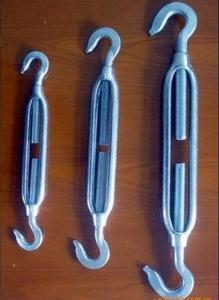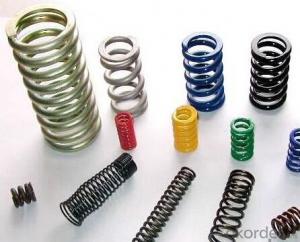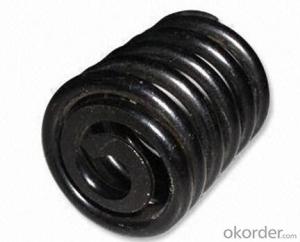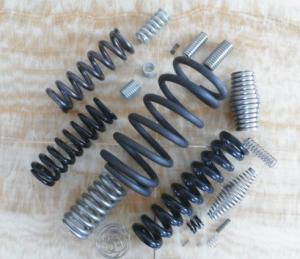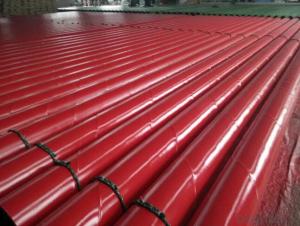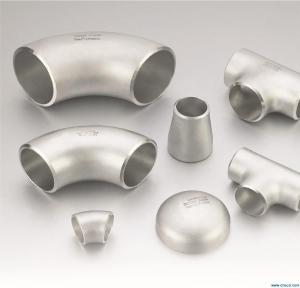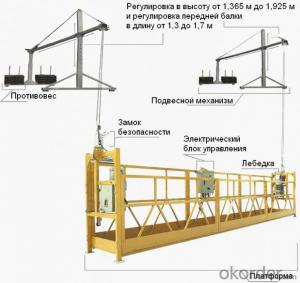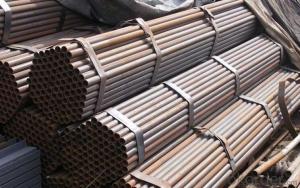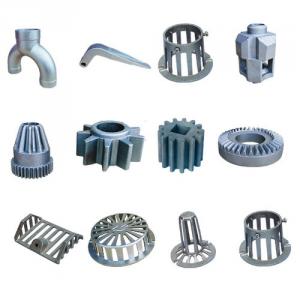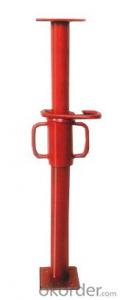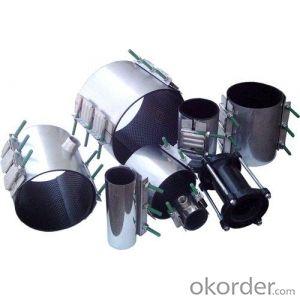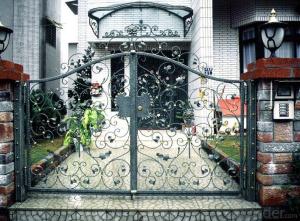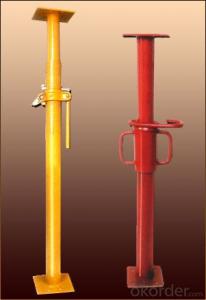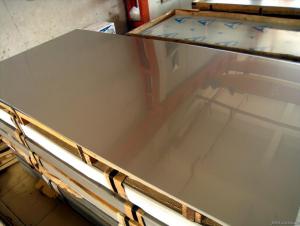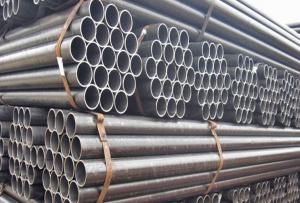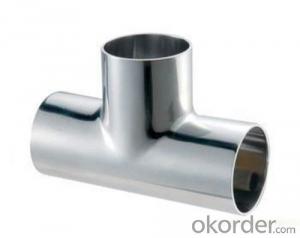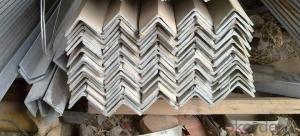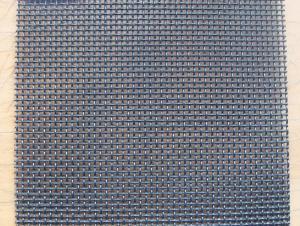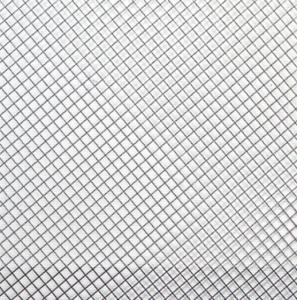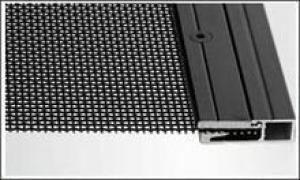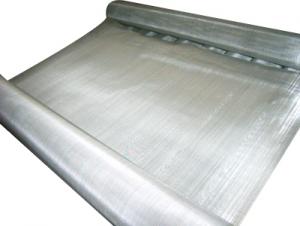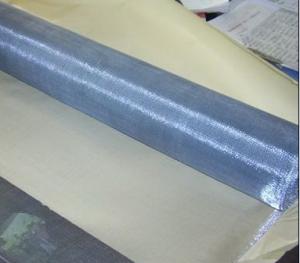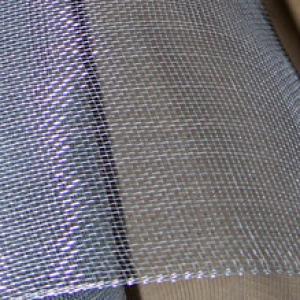Sublimate On Stainless Steel
Sublimate On Stainless Steel Related Searches
Sublimating On Stainless Steel Sublimation On Stainless Steel Sublimate Stainless Steel Annealing Stainless Steel Mold On Stainless Steel Solder To Stainless Steel Aluminum On Stainless Steel Anodizing Stainless Steel Drilling Into Stainless Steel Painting On Stainless Steel Pitting On Stainless Steel Stainless Steel Molding Drill Through Stainless Steel Stainless Steel Restoration Stainless Steel Coupling Glue To Stainless Steel Stainless Steel Oxidation Stainless Steel Passivation Stainless Steel Elements Tarnishing Stainless Steel Stainless Steel Tarnishing Drilling Stainless Steel Forging Stainless Steel Passivation Of Stainless Steel Painting Stainless Steel Passivating Stainless Steel Restore Stainless Steel Stainless Steel Sheeting Scratches On Stainless Steel Engraving Stainless SteelSublimate On Stainless Steel Supplier & Manufacturer from China
Sublimate On Stainless Steel is a unique product that offers a wide range of applications for various industries. This innovative product allows for the transfer of images and designs onto stainless steel surfaces, creating a durable and visually appealing finish. It is widely used in the production of promotional items, home decor, and even in the automotive and aerospace industries. The versatility of Sublimate On Stainless Steel makes it an ideal choice for businesses looking to enhance their products with a touch of elegance and sophistication.The application and usage scenarios for Sublimate On Stainless Steel are vast, as it can be utilized in various ways to create eye-catching and long-lasting designs. This product is perfect for creating personalized gifts, such as engraved stainless steel picture frames or custom-made stainless steel business card holders. Additionally, it can be used in the creation of high-quality signage and branding materials, as well as in the production of high-end kitchen appliances and accessories. The possibilities are endless, and the demand for Sublimate On Stainless Steel continues to grow as more businesses recognize its potential.
Okorder.com is a leading wholesale supplier of Sublimate On Stainless Steel, boasting a large inventory that caters to the needs of businesses worldwide. As a reliable source for this product, Okorder.com ensures that customers receive high-quality materials at competitive prices. By partnering with Okorder.com, businesses can access a wide range of Sublimate On Stainless Steel products, enabling them to expand their product offerings and meet the growing demand for this innovative material.
Hot Products

